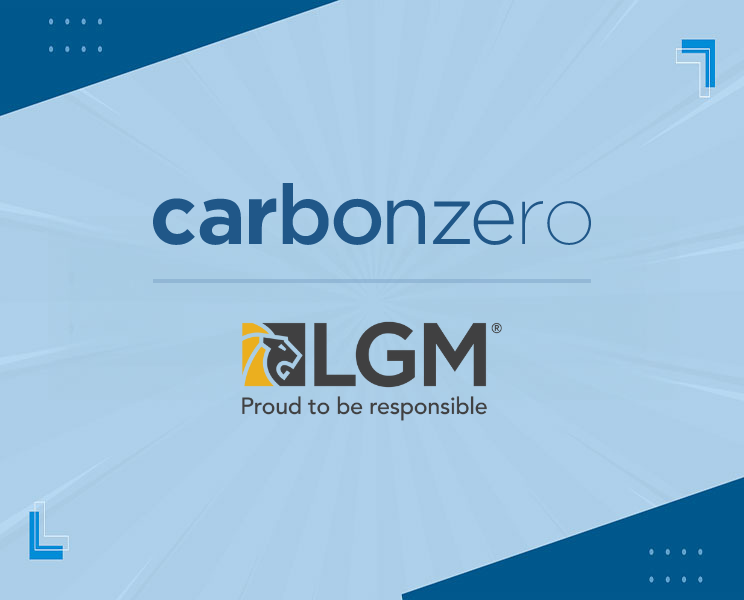AutoSphere (May 5 2021) – Creating a more transparent customer experience.
When it comes to F&I, the earlier you engage the consumer in the sales process, the better. And moving F & I products into the digital realm might just be the ticket to accomplishing that. “The OEMs are putting in more robust F & I information around their products,” says Jeff Schulz, EVP, Marketing, LGM Financial Services.
“As consumers are doing their build and price, there’s a need to introduce the F & I products earlier. When they do their monthly calculation for financing, they want to make sure everything is included.”
As OEMs strive to include better information and better digital tools to help with an online F & I experience, so are dealers and dealer groups. “They’re integrating digital F & I into the process to address the consumers’ needs and decisions around the kind of vehicle they want,” says Schulz.
Consumers are asked how far they plan to drive in a year, whether they are financing or leasing, enabling the dealer to make the best recommendations.
Informed Decision
LGM has developed an online “recommendation engine” that consumers can use to find answers to questions they may have on F & I products. “It provides information to consumers, helps them make choices and is very transparent,” says Schulz. “It’s not a hard sell, and the consumer gets lots of information to make an informed decision.”
They are also providing digital format brochures. “If the F & I manager and customer are having a video meeting, the F & I manager can bring up a digital brochure and walk the customer through it,” says Schulz.
“It’s an interactive tool where the FSM can click on different items, highlight them, input information and calculate numbers to create a better sales experience for the consumer.” OEMs have their F & I products, and the dealer has additional products and coverages. Schulz predicts that while OEMs may create high level, main product categories, dealers will still have opportunities to introduce different products.
The big development over the new few years will be blurring the lines between the OEM and the dealership. “As the information flows through, what gets presented at different stages will be clearer,” says Schulz.
It also needs to carry through to the dealership, so when the customer contacts the dealership, the dealership knows something about them. According to Accenture, 75 per cent of consumers prefer to deal with a brand that knows them. “We want to make sure that the consumer is really well taken care of.”
Significant OEM influence
At Sym-Tech Dealer Services, the pandemic required training and sales process to go completely virtual. “Even though we were already fully integrated with DMS providers, the digital providers reached out to us and we did to them, to ensure our F & I products and processes were integrated with them as well,” says Derek Sloan, president, Sym-Tech Dealer Service.
“Those digital providers are working with dealers faster and more than they ever have.” In Canada, OEMs have a significant influence on dealer groups, more so than in the United States.
“The OEM wants to own the entire experience,” says Sloan. “But very few have completely mastered the customer journey from beginning to delivery to the door. Of course, they want to work with their dealer network—that journey is still going on.” A dealer or dealer group has options with many digital providers, from Motoinsight to Tagrail.
“They can take the process into their own hands, work with a digital provider platform, load up all their inventory, load up all the F & I products, and have a good connectivity for the customer journey,” says Sloan. His advice to dealers and dealer groups is to better align with the OEM, to better own the customer experience coming into your dealership.
Interest from all sides
At Dealertrack, the demand from dealers and lenders to transition to a digital world has reached new heights this past year. “We’ve developed digital contracting and are also developing an e-signature or digital signature solution,” says Liliane Dubois, General Manager, Dealertrack Canada.
“The trend in the near future will be that you can do everything online. The industry is adjusting, and there’s a lot of interest from all sides.” Digital business with dealers grew by 20 % from February to May 2020. Dealertrack has had multiple requests from third-party providers to integrate with them, to allow even more F & I products to be sold online.
“It’s a very exciting time for our team to be part of this shift, but we have to be careful and ensure it is done properly— it’s labour intensive, and we also need to train people who are handling this at the dealership, lenders and OEMs,” says Dubois. “We need to work on both sides to make sure everything works perfectly.”
Not only is digital contracting more efficient, but it is also more accurate. “There are efficiencies that you didn’t have before so everyone within the industry is changing the way they’re conducting business, just to keep up.”


